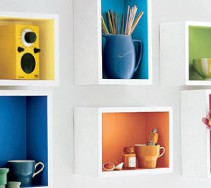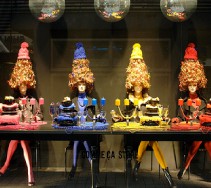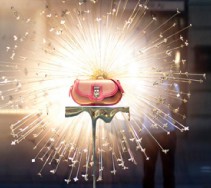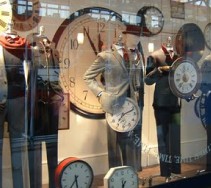There are certain things which a retailer needs to take care while proceeding with the process of displaying products.
These components when combined together in a proper ratio will create a successful outcome.
Visual merchandising includes some elements such as: Color, Theme, Lighting and Cleanliness.
Other factors include height of the shelves and store design.
Color
Color is one of the most powerful tools in Visual Merchandising. Color can be associated with emotions, special occasions and seasons. It attracts attention and pulls more customers into the store. Store displays have to focus on the right choice of color that would match the theme of the display. The right choice of colors in a display can turn walkers into stoppers and significantly convert them into customers.
For example….a Halloween display would require black in the display theme, Valentines theme should be ruled by red color supplemented with pink and white. A Christmas display should contain colors of red, green, gold and silver.
Theme
A theme is a display of products of similar categories e.g. a display of kitchen accessories. It is essential to have themes for all retail displays.
A good theme will entice customers to stop and look at the display with the end result being increased revenue. Focusing on the right theme rather than creating a display with expensive raw materials is the key to a successful display.
Lighting
Lighting is an important factor in the environment’s impact on customers because brightly lit displays encourage the consumers to examine significantly more items under good lighting conditions.
Lighting can also create a mood or ambiance that will support a display. The primary goals in lighting of merchandise are to attract the consumer, to initiate purchases, and to facilitate the completion of the sale.
Height and cleanliness of shelves
Product shelving has an important influence on consumer behavior. It includes both the height of shelves at which the products are displayed and the number of rows in each shelves can influence the sales of products.
Careful and intentional placing of high demand lines can help to attract customers to parts of the shop: while impulse purchase lines with high profit.
Customers across all retail formats indicated cleanliness as the single MOST important store attribute.
Marketing studies have proven that an eye catching clean store generates perceptions of cleanliness, satisfaction, or luxury. Unclean merchandise gives the impression of out dated, damaged or returned stock and reduces the value in the consumer’s mind.




